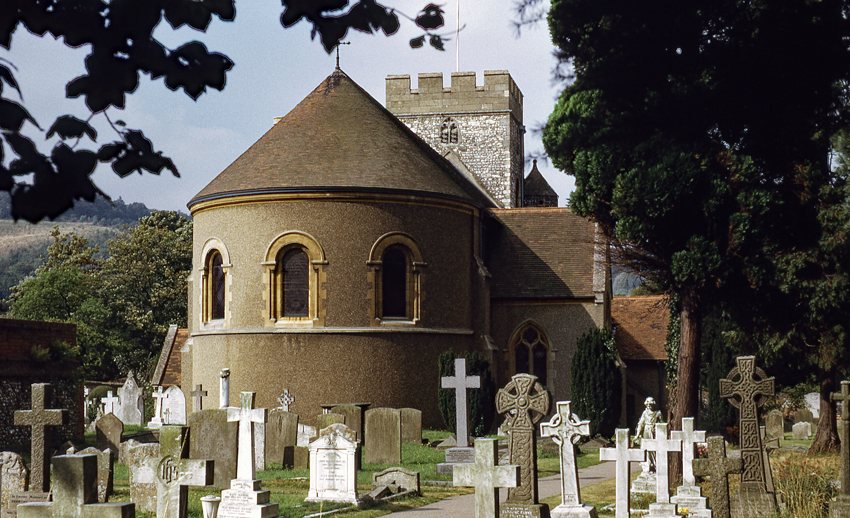|
Elvendon
Elvendon is a small settlement in Oxfordshire and the Chiltern Hills, near Goring. It includes the grade II listed building Elvendon Priory. Etymology The first element of the name is agreed to be the word ''elf'', either in singular or plural form.Alaric Hall,Are there any Elves in Anglo-Saxon Place-Names?, ''Nomina: Journal of the Society for Name Studies in Britain and Ireland'', 29 (2006), 61-80 (p. 76).Ann Cole, 'Two Chiltern Place-names Reconsidered: Elvendon and Misbourne', ''Journal of the English Place-name Society'', 50 (2018), 65-74. The second element was long thought to derive from Old English Old English (, ), or Anglo-Saxon, is the earliest recorded form of the English language, spoken in England and southern and eastern Scotland in the early Middle Ages. It was brought to Great Britain by Anglo-Saxon settlement of Britain, Anglo ... 'hill', but reanalysis of the primary evidence revealed that the second element is from Old English 'valley'. Thus at the t ... [...More Info...] [...Related Items...] OR: [Wikipedia] [Google] [Baidu] |
Oxfordshire
Oxfordshire is a ceremonial and non-metropolitan county in the north west of South East England. It is a mainly rural county, with its largest settlement being the city of Oxford. The county is a centre of research and development, primarily due to the work of the University of Oxford and several notable science parks. These include the Harwell Science and Innovation Campus and Milton Park, both situated around the towns of Didcot and Abingdon-on-Thames. It is a landlocked county, bordered by six counties: Berkshire to the south, Buckinghamshire to the east, Wiltshire to the south west, Gloucestershire to the west, Warwickshire to the north west, and Northamptonshire to the north east. Oxfordshire is locally governed by Oxfordshire County Council, together with local councils of its five non-metropolitan districts: City of Oxford, Cherwell, South Oxfordshire, Vale of White Horse, and West Oxfordshire. Present-day Oxfordshire spanning the area south of the Thames was h ... [...More Info...] [...Related Items...] OR: [Wikipedia] [Google] [Baidu] |
Chiltern Hills
The Chiltern Hills is a chalk escarpment in England. The area, northwest of London, covers stretching from Goring-on-Thames in the southwest to Hitchin in the northeast - across Oxfordshire, Buckinghamshire, Hertfordshire, and Bedfordshire. The hills are at their widest. In 1965 almost half of the Chiltern Hills was designated as an Area of Outstanding Natural Beauty (AONB). The northwest boundary is clearly defined by the escarpment. The dip slope is by definition more gradual, and merges with the landscape to the southeast. The southwest endpoint is the River Thames. The hills decline slowly in prominence in northeast Bedfordshire.The Changing Landscape of the Chilterns Chilterns AoNB, Accessed 19 February 2012 < ...
|
Goring-on-Thames
Goring-on-Thames (or Goring) is a village and civil parish on the River Thames in South Oxfordshire, England, about south of Wallingford and northwest of Reading. It had a population of 3,187 in the 2011 census, put at 3,335 in 2019. Goring & Streatley railway station is on the main Oxford–London line. Most land is farmland, with woodland on the Goring Gap outcrop of the Chiltern Hills. Its riverside plain encloses the residential area, including a high street with shops, pubs and restaurants. Nearby are the village churches – one dedicated to St Thomas Becket has a nave built within 50 years of the saint's death, in the early 13th century, along with a later bell tower. Goring faces the smaller Streatley across the Thames. The two are linked by Goring and Streatley Bridge. Geography Goring is on the left bank of the River Thames in the Goring Gap between the Berkshire Downs and Chiltern Hills, about north-west of Reading and south of Oxford. Across the river is the B ... [...More Info...] [...Related Items...] OR: [Wikipedia] [Google] [Baidu] |
Old English
Old English (, ), or Anglo-Saxon, is the earliest recorded form of the English language, spoken in England and southern and eastern Scotland in the early Middle Ages. It was brought to Great Britain by Anglo-Saxon settlement of Britain, Anglo-Saxon settlers in the mid-5th century, and the first Old English literature, Old English literary works date from the mid-7th century. After the Norman conquest of 1066, English was replaced, for a time, by Anglo-Norman language, Anglo-Norman (a langues d'oïl, relative of French) as the language of the upper classes. This is regarded as marking the end of the Old English era, since during this period the English language was heavily influenced by Anglo-Norman, developing into a phase known now as Middle English in England and Early Scots in Scotland. Old English developed from a set of Anglo-Frisian languages, Anglo-Frisian or Ingvaeonic dialects originally spoken by Germanic peoples, Germanic tribes traditionally known as the Angles, Sa ... [...More Info...] [...Related Items...] OR: [Wikipedia] [Google] [Baidu] |


